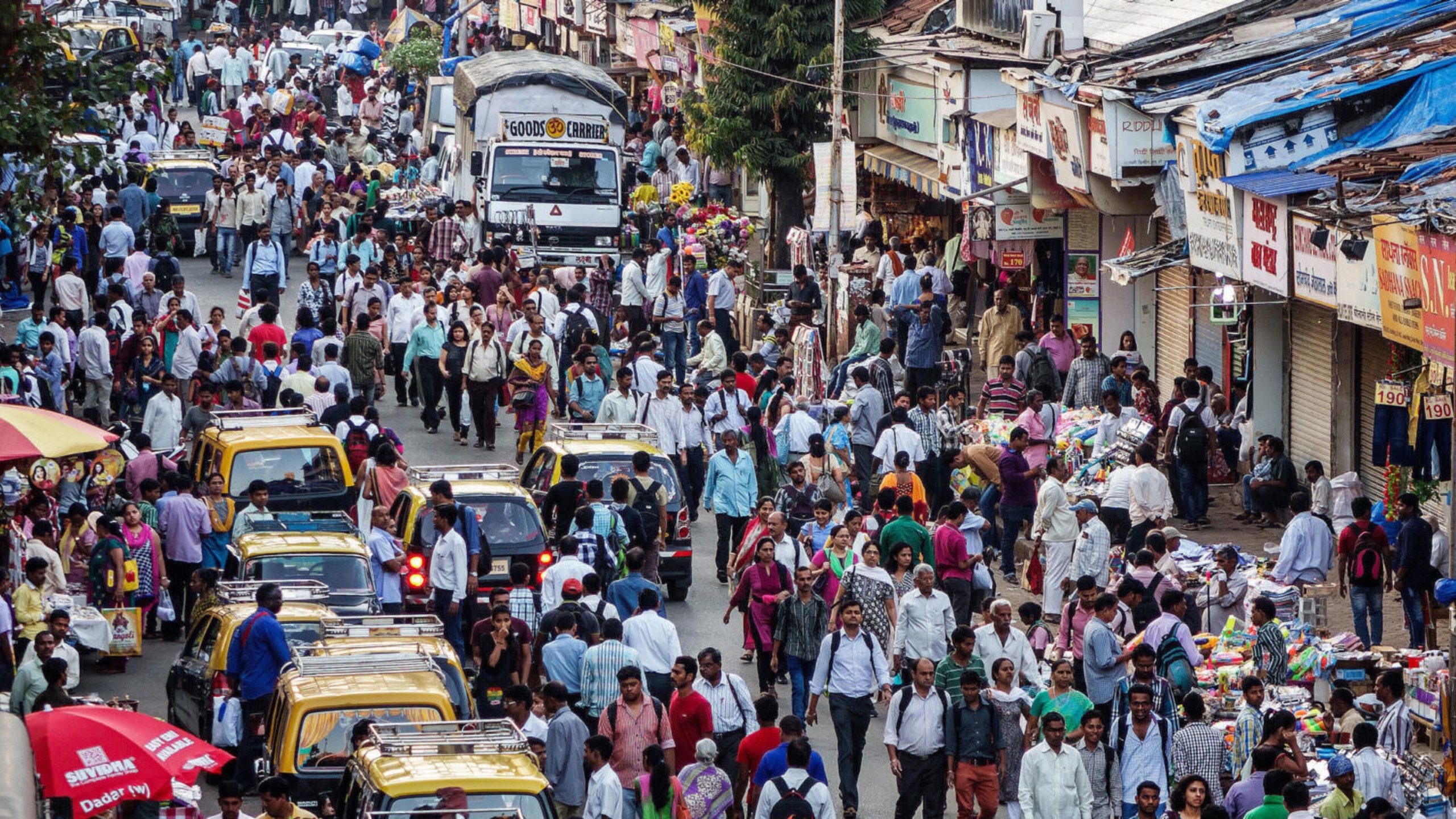- When a tragedy of monumental proportions appears on the horizon, the word resilience frequently resonates among the global community. When the chips are down, humanity is programmed to exhibit the desirable traits of a resilient disposition. Back-to-back tragedies and challenges have been witnessed by the world in the form of a pandemic-induced economic meltdown followed by an ill-timed conflict between Russia and Ukraine. On both occasions, the governments did everything in their power to ensure that their citizens suffered the least amount of hardship from the debilitating effects. Citizens, too, responded admirably by banding together with the government’s efforts to keep the economy running in the face of mounting challenges.

PC: ALAMY
- The Indian government, too, faced enormous challenges because providing for the well-being of such a large population spread across such a vast area of land requires unwavering dedication and execution on the ground. Resilience is once again at the forefront as economic activity gradually returns to pre-pandemic levels. As an agrarian country, the monsoon is extremely important to our overall economic conditions. As a result, the recent southwest monsoon that swept over Kerala must have warmed the hearts of concerned authorities. Following that, the RBI announced its monetary policy decision in Mumbai. Take note that the monsoon is eight days late. To put it into perspective, in a normal year, it would have passed through Goa on the west coast by now.
- To be sure, the RBI’s inflation forecast is always influenced by the southwest monsoon. As a result, its decision to maintain the policy rate, repo, at 6.5% was widely anticipated. What was more intriguing was the central bank’s forecast for the rest of the year’s inflation rate. Retail inflation in India has slowed in the last two months. It was 4.7% in April and 5.7% in March, owing to lower food prices. However, the price trend for food items has not been consistent. Milk is facing supply issues, which the RBI has highlighted. Furthermore, cereal prices have been rising by double digits for some time. This is where the monsoon comes in because rice is the most important cereal in terms of output.

PC: AFP
- GOI data showed that in 2022-23, paddy output reached a new high of 135.5 million tonnes. However, preliminary acreage figures for this year were concerning. On June 2, paddy acreage was 2.17 lakh hectares, a concerning 26.5% decrease from the previous year. The delayed onset of the monsoon is bound to have had an impact on the low acreage. The regional pattern and volume of rainfall in July will have a significant impact on food inflation. In addition, the RBI’s survey of firms predicts that both input costs and output prices will rise. To summarise, the economy has not yet reached the point where inflation no longer poses a threat to macroeconomic stability. On the supply side, however, the GOI controls all price-control levers. It is hoped that it will be used wisely.






